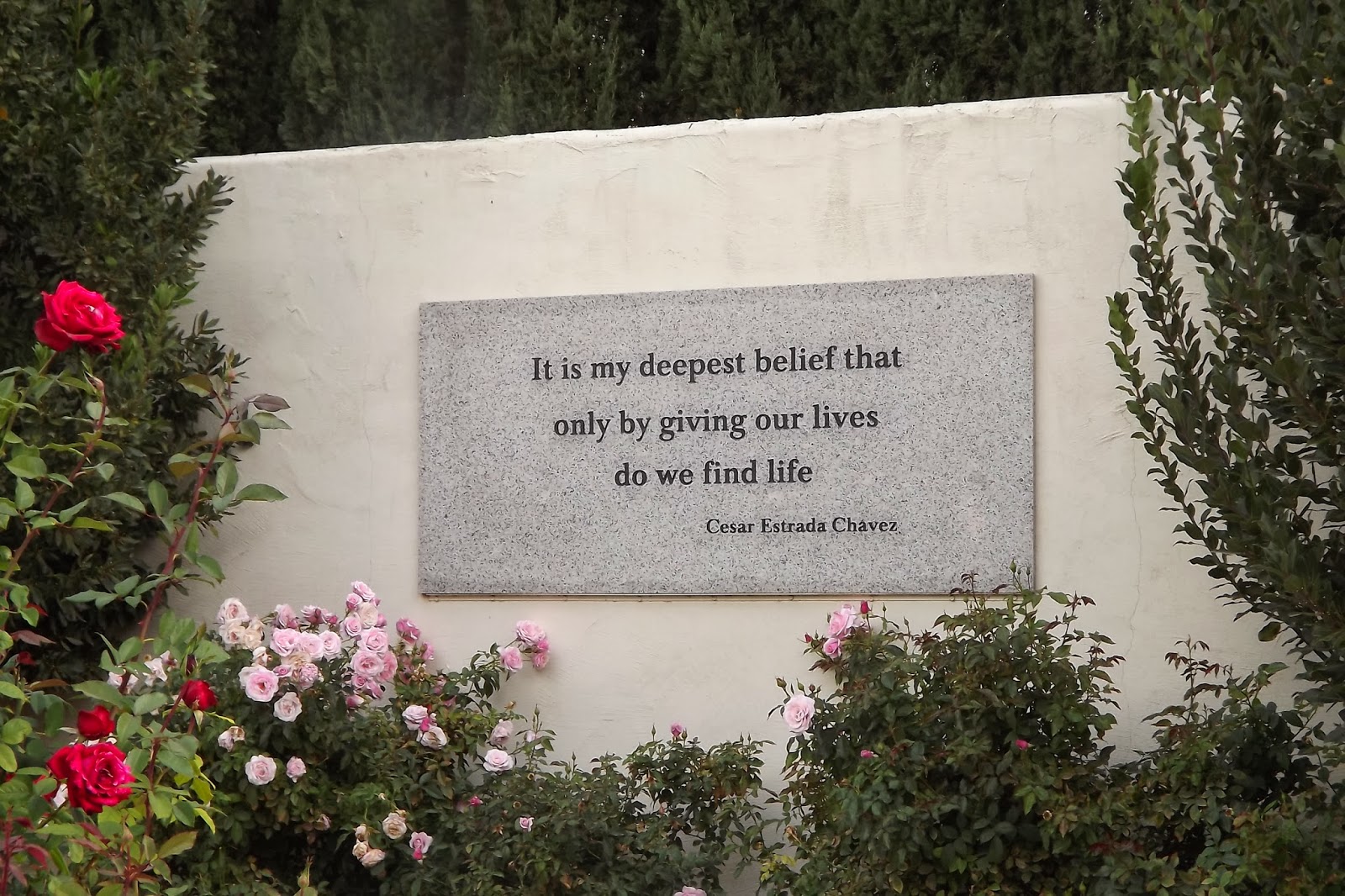After "roughing" it at San Simeon State Park, we started heading south and pulled into an RV park that had full hook-ups as well as a laundromat. The park was 4 miles from Solvang, that cute little tourist town in the St. Inez mountain area, where all the buildings have Scandinavian style architecture. The constant and welcomed rain kept us from strolling around the town and browsing in the shops, but we did find a bakery with a parking spot right out front. A cup a coffee and a couple of delicious pastries later, we headed back to the park.
VENTURING TO VENTURA
Thursday we drove down to Ventura, while Sandy and Bryan Brown drove up from Beverly Hills to meet us for lunch. It was wonderful seeing those two; catching up with Sandy and what she's been up to since leaving her position as President of Transamerica Financial Advisors, and hearing Bryan recount his recent 2,400 mile solo kayak trip down the entire length of the Colorado River. He's writing a book about the adventure and we're looking forward to reading it as soon as it's published.
DANA POINT - Feb. 7 - 11
Driving the RV while towing the Jeep through Los Angeles, and road construction on the 405, in NON-rush hour traffic gave us both tension headaches and a mighty thirst for a cold beer. I can't begin to imagine driving through there during rush hour. Lucky us, we were able to get a campsite at Doheny State Beach in Dana Point. Again, this state park had no RV hook-ups, but roughing it was worth having a campsite practically on the beautiful beach next to the Dana Point Harbor. We spent the weekend sightseeing and reconnecting with our southern California friends and family.
 |
| Dana Point is also known as the Surf Capital of southern California. |
 |
| We were just a row back from having our campsite right on the beach. After the weekend camping crowd left, we could see the beach from our site. |
 |
| Long time friend, Tony Goodrum, gave us a tour of Newport Beach, Balboa Island and peninsula. |
 |
| Gary and Kaye Van Nevel joined us for a Mexican dinner at the Dana Point Harbor. |
 |
| CHEERS! What's a Mexican dinner with out some Margaritas? "Mucho bad-o" I'd say. |
 |
| This is Mark's in-home studio where is composing the music for at the next Dragonheart movie. |
 |
| Beautiful sunsets every night in Dana Point. |
We had planned to leave for Palm Springs on Tuesday, but Gary and Kaye invited us to dinner at their home in Vista, so Tuesday we moved the rig to San Diego County's Guajome Park (pronounced GWA-oh-me). The park was beautiful and Tuesday evening with the Van Nevel's a real treat.




















